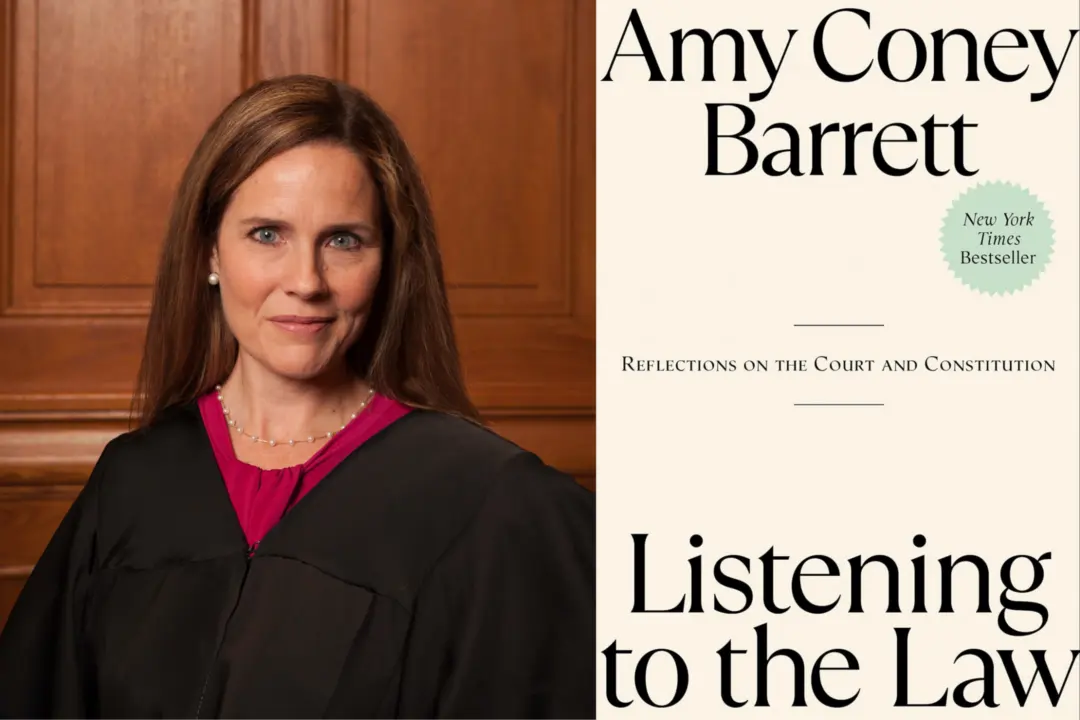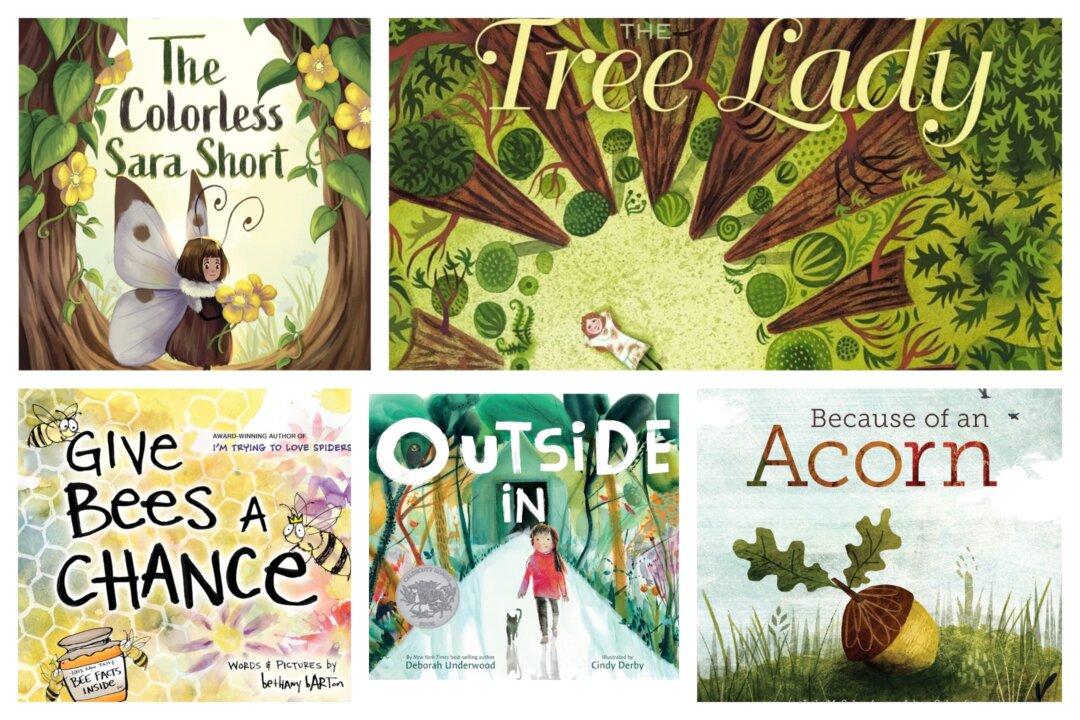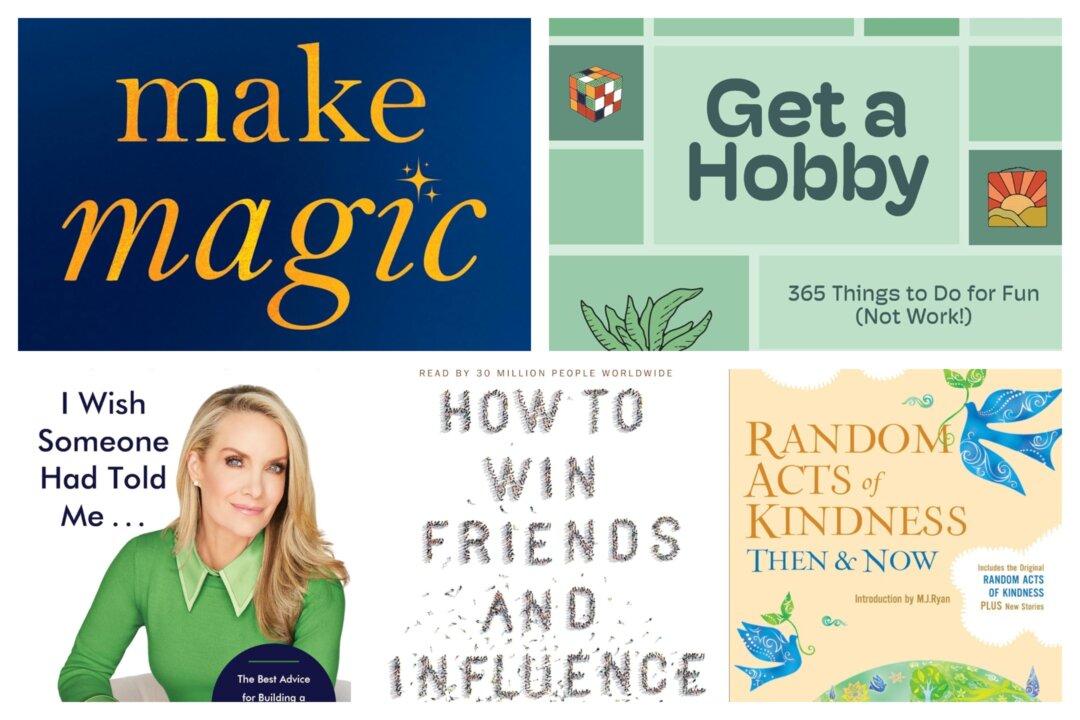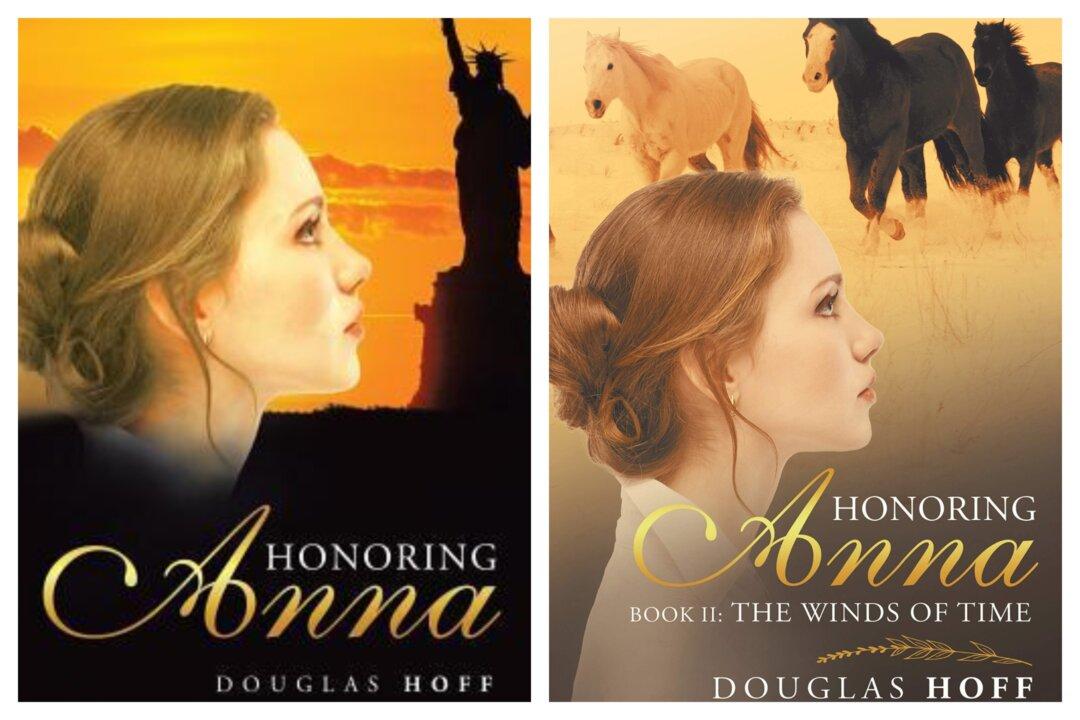The Chinese New Year is fast approaching and gives us a chance to introduce children to a different culture through books. Here are some selections that will help your children enjoy this season.
I’ve also added a few books based on Chinese folktales and fairy tales—stories handed down from generation to generation. To paraphrase a song that I remember: the new is silver and the old is gold.
People born in a certain animal year are believed to have attributes of that animal.




